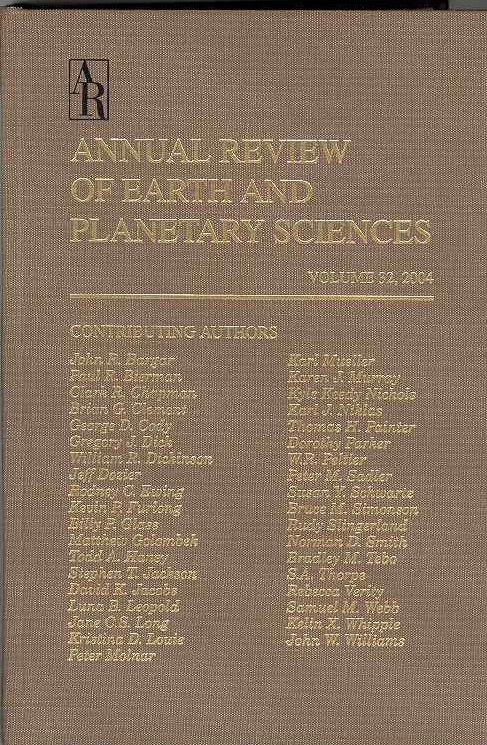古气候资料同化研究进展
IF 13
1区 地球科学
Q1 ASTRONOMY & ASTROPHYSICS
Annual Review of Earth and Planetary Sciences
Pub Date : 2025-03-10
DOI:10.1146/annurev-earth-032320-064209
引用次数: 0
摘要
在时间和空间上对过去气候的重建为了解气候系统的变化范围和速度提供了重要的见解。然而,由于过去环境变化的指标(代理数据)分布不均且不确定,因此很难对过去的气候形成连贯的全球图景。近年来,将模式模拟与代理数据进行统计结合的古气候数据同化(paleclimate data assimilation,简称palaeda)已成为一种日益流行的重建方法。在这里,我们描述了迄今为止古数据分析的进展,重点是离线集合卡尔曼滤波和该方法提供的对气候变化的见解。古数据分析具有相当大的优势,因为它可以混合多种类型的信息,同时也传播不确定性。该方法的缺点包括过度依赖气候模式和方差损失。最后,我们展望了未来几年古第三纪可能的扩展和改进。▪古气候数据同化混合模型和代理信息,使过去气候变化的时空重建成为可能。▪这种方法提高了我们对全球温度变化、地球气候敏感性和过去气候动力学的理解。▪未来的创新可以通过实施在线古气候数据同化和平滑来改进该方法。本文章由计算机程序翻译,如有差异,请以英文原文为准。
Advances in Paleoclimate Data Assimilation
Reconstructions of past climates in both time and space provide important insight into the range and rate of change within the climate system. However, producing a coherent global picture of past climates is difficult because indicators of past environmental changes (proxy data) are unevenly distributed and uncertain. In recent years, paleoclimate data assimilation (paleoDA), which statistically combines model simulations with proxy data, has become an increasingly popular reconstruction method. Here, we describe advances in paleoDA to date, with a focus on the offline ensemble Kalman filter and the insights into climate change that this method affords. PaleoDA has considerable strengths in that it can blend multiple types of information while also propagating uncertainty. Drawbacks of the methodology include an overreliance on the climate model and variance loss. We conclude with an outlook on possible expansions and improvements in paleoDA that can be made in the upcoming years. ▪ Paleoclimate data assimilation blends model and proxy information to enable spatiotemporal reconstructions of past climate change. ▪ This method has advanced our understanding of global temperature change, Earth's climate sensitivity, and past climate dynamics. ▪ Future innovations could improve the method by implementing online paleoclimate data assimilation and smoothers.
求助全文
通过发布文献求助,成功后即可免费获取论文全文。
去求助
来源期刊

Annual Review of Earth and Planetary Sciences
地学天文-地球科学综合
CiteScore
25.10
自引率
0.00%
发文量
25
期刊介绍:
Since its establishment in 1973, the Annual Review of Earth and Planetary Sciences has been dedicated to providing comprehensive coverage of advancements in the field. This esteemed publication examines various aspects of earth and planetary sciences, encompassing climate, environment, geological hazards, planet formation, and the evolution of life. To ensure wider accessibility, the latest volume of the journal has transitioned from a gated model to open access through the Subscribe to Open program by Annual Reviews. Consequently, all articles published in this volume are now available under the Creative Commons Attribution (CC BY) license.
 求助内容:
求助内容: 应助结果提醒方式:
应助结果提醒方式:


